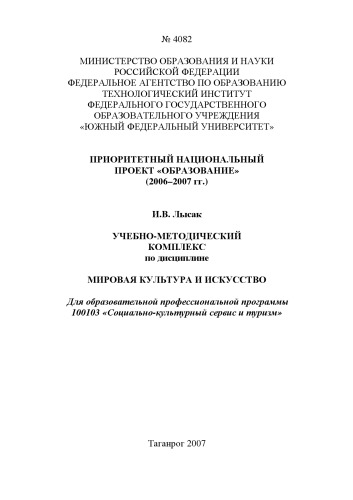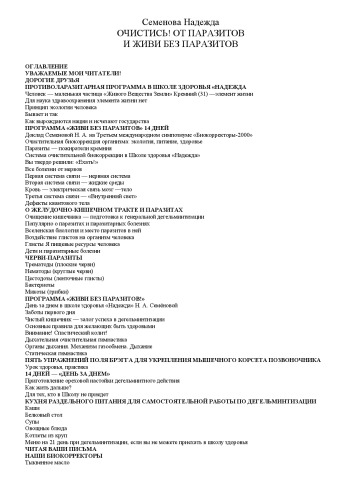- 2 402 202 книги
- Поиск
libcats.org















Hitler's Italian Allies: Royal Armed Forces, Fascist Regime, and the War of 1940-1943
MacGregor KnoxCould the Italian Armed Forces and the Generals who were in charge be any more inept if they tried. From 1922, after the 'March on Rome' to the 'Forty-Five Days' in 1943; Mussolini and his Military did everything they could to build a strong armed forces, but ended up building a Camel. (A camel is a horse designed by a committee.) From what Knox writes, the three branches of the military spent more time fighting over money and prestige than training and building an effective offensive power.
In the seventeen years leading up to 1939 (versus six years for the Germans) they spent billions of lira on military hardware that didn't work and never created the necessary 'links' between the services that would allow joint efforts. The Air Force still relied on a bi-plane as it's main fighter and had no airlift ability to bring in supplies or support paratroops. The Navy built Battleships that didn't have enough destroyers to protect them, ineffectual guns, no ability to fight at night and catapult launched floatplanes that couldn't be recovered at sea. The Army depended on Tankettes and a medium tank that had such a small main gun that it was useless outside of four kilometers.
Over the years the Air Force had so many prototype planes that they had few squadrons that were homogeneous. There was no effectual anti-tank squads or guns, and logistics were so bad that most soldiers received mail only after three months. The inability to feed and cloth soldiers on the move in Africa meant that some didn't have hot meals for months on end. The Air Force and Navy seldom worked together because their was little or no communication between them.
So was this endemic to the Italians. In a word, Yes. Unlike Germany, there was no history of prestige for being in the military. Unlike the British, this is where the nobility sent their sons only as a last resort. Cheating the military on quality and quantity of goods was looked at the same way as cheating on your taxes. The Italian 8th Army in Russia received boots that had soles made out of cardboard because no one checked the consignment. The Italian Navy tried to keep out of harms way in order to protect the few ships they had been able to build and knew they couldn't replace.
Mussolini spent most of the late 20s and thirties as his own supreme commander, placing his Fascist cronies at the head of the different branches of the military. (As ineffectual as Goring was, the Luftwaffe had good officers and equipment.) The Italian military built more for prestige and looks than effectiveness. The Italian Navy had over 100 submarines by 1939, but few were ocean going and easily found by sonar used by the British in the Mediterranean.
According to Knox, if your looking for an example of how NOT to run a military; the Italian Armed Forces was a sterling example. It should be noted that when Italian troops were well trained and armed they were able to acquit themselves well; unfortunately this was rare.
Zeb Kantrowitz
In the seventeen years leading up to 1939 (versus six years for the Germans) they spent billions of lira on military hardware that didn't work and never created the necessary 'links' between the services that would allow joint efforts. The Air Force still relied on a bi-plane as it's main fighter and had no airlift ability to bring in supplies or support paratroops. The Navy built Battleships that didn't have enough destroyers to protect them, ineffectual guns, no ability to fight at night and catapult launched floatplanes that couldn't be recovered at sea. The Army depended on Tankettes and a medium tank that had such a small main gun that it was useless outside of four kilometers.
Over the years the Air Force had so many prototype planes that they had few squadrons that were homogeneous. There was no effectual anti-tank squads or guns, and logistics were so bad that most soldiers received mail only after three months. The inability to feed and cloth soldiers on the move in Africa meant that some didn't have hot meals for months on end. The Air Force and Navy seldom worked together because their was little or no communication between them.
So was this endemic to the Italians. In a word, Yes. Unlike Germany, there was no history of prestige for being in the military. Unlike the British, this is where the nobility sent their sons only as a last resort. Cheating the military on quality and quantity of goods was looked at the same way as cheating on your taxes. The Italian 8th Army in Russia received boots that had soles made out of cardboard because no one checked the consignment. The Italian Navy tried to keep out of harms way in order to protect the few ships they had been able to build and knew they couldn't replace.
Mussolini spent most of the late 20s and thirties as his own supreme commander, placing his Fascist cronies at the head of the different branches of the military. (As ineffectual as Goring was, the Luftwaffe had good officers and equipment.) The Italian military built more for prestige and looks than effectiveness. The Italian Navy had over 100 submarines by 1939, but few were ocean going and easily found by sonar used by the British in the Mediterranean.
According to Knox, if your looking for an example of how NOT to run a military; the Italian Armed Forces was a sterling example. It should be noted that when Italian troops were well trained and armed they were able to acquit themselves well; unfortunately this was rare.
Zeb Kantrowitz
Скачать книгу бесплатно (pdf, 1.97 Mb)
Читать «Hitler's Italian Allies: Royal Armed Forces, Fascist Regime, and the War of 1940-1943»
Читать «Hitler's Italian Allies: Royal Armed Forces, Fascist Regime, and the War of 1940-1943»
EPUB | FB2 | MOBI | TXT | RTF
* Конвертация файла может нарушить форматирование оригинала. По-возможности скачивайте файл в оригинальном формате.
Популярные книги за неделю:

Проектирование и строительство. Дом, квартира, сад
Автор: Петер Нойферт, Автор: Людвиг Нефф
Размер книги: 20.83 Mb

Система упражнений по развитию способностей человека (Практическое пособие)
Автор: Петров Аркадий НаумовичКатегория: Путь к себе
Размер книги: 818 Kb

Сотворение мира (3-х томник)
Автор: Петров Аркадий НаумовичКатегория: Путь к себе
Размер книги: 817 Kb

Радиолюбительские схемы на ИС типа 555
Автор: Трейстер Р.Категория: Электротехника и связь
Размер книги: 13.64 Mb
Только что пользователи скачали эти книги:

Проектирование и строительство. Дом, квартира, сад
Автор: Петер Нойферт, Автор: Людвиг Нефф
Размер книги: 20.83 Mb

Система упражнений по развитию способностей человека (Практическое пособие)
Автор: Петров Аркадий НаумовичКатегория: Путь к себе
Размер книги: 818 Kb

Сотворение мира (3-х томник)
Автор: Петров Аркадий НаумовичКатегория: Путь к себе
Размер книги: 817 Kb

Радиолюбительские схемы на ИС типа 555
Автор: Трейстер Р.Категория: Электротехника и связь
Размер книги: 13.64 Mb

Complete Works. Early Greek Philosophy
Автор: NietzscheКатегория: Academic books, Theology
Размер книги: 4.37 Mb

Essex Class Carriers in Action - Warships No. 10
Автор: Michael C. Smith, Автор: Ernesto Cumpian, Автор: Don GreerКатегория: ВОЕННАЯ ИСТОРИЯ
Размер книги: 25.81 Mb

Мировая культура и искусство: Учебно-методический комплекс
Автор: Лысак И.В.Категория: Культура. Культурология
Размер книги: 1.81 Mb

Daily Life through World History in Primary Documents, 3 Volumes (Greenwood Press Daily Life Through History Series)
Автор: Rebecca Bennette, Автор: David M. Borgmeyer, Автор: David Matz, Автор: Lawrence Morris
Размер книги: 26.52 Mb

Очистись от паразитов и живи без паразитов
Автор: Надежда СеменоваКатегория: КНИГИ ЗДОРОВЬЕ
Размер книги: 1.51 Mb

Middle American Terranes, Potential Correlatives, and Orogenic Processes
Автор: J. Duncan Keppie, Автор: W. G. Ernst
Размер книги: 16.19 Mb

The Sound and the Fury
Автор: Faulkner William, Автор: Minter DavidКатегория: fiction
Размер книги: 416 Kb



